This article was medically reviewed by Tu Anh Vu, DMD. Dr. Tu Anh Vu is a board certified dentist who runs her private practice, Tu's Dental, in Brooklyn, New York. Dr. Vu helps adults and kids of all ages get over their anxiety with dental phobia. Dr. Vu has conducted research related to finding the cure for Kaposi Sarcoma cancer and has presented her research at the Hinman Meeting in Memphis. She received her undergraduate degree from Bryn Mawr College and a DMD from the University of Pennsylvania School of Dental Medicine.
There are 11 references cited in this article, which can be found at the bottom of the page.
This article has been viewed 24,355 times.
If you have noticed some early tooth decay, it is possible to reverse it or at least to stop it from advancing further into dentin. The best way to reverse tooth decay is to combine excellent dental hygiene with some simple dietary changes. You can also try using a homemade remineralizing paste as part of your efforts to reverse tooth decay. Just keep in mind that if you think you have a cavity, the best thing to do is to see your dentist before it gets worse.
Steps
Maintaining Good Dental Health
-
1Brush your teeth twice per day. Regular daily brushing is crucial for maintaining good dental health and it may also help to reverse the decay process. Make sure that you brush your teeth at least twice per day, such as in the morning and before you go to bed.[1]
- Choose a toothpaste that contains fluoride. Fluoride is necessary for remineralizing teeth and reversing tooth decay. It can also help to protect your teeth from future decay.[2]
- Use a soft bristle toothbrush. Hard-bristled toothbrushes can damage your teeth and gums.[3]
- Brush all surfaces of your teeth (front, back, and tops). Use short, swift strokes as you brush your teeth. You should spend about two minutes brushing, and for a better action you can also leave the toothpaste in your mouth for the next two minutes before rinsing so fluoride can remineralize your enamel.
-
2Floss your teeth once daily. Flossing is important because a toothbrush does not clean between your teeth, but bacteria often hides between your teeth and causes tooth decay. That is why you need to floss between your teeth at least once per day as well.[4]
- To floss your teeth, wrap and 18 inch piece of floss around each of your index fingers. Then, use the floss to clean between all of your teeth.
- As you floss your teeth, try to rub the floss up and down the sides of your teeth to pull out any remaining plaque underneath your gums. Do not just move the floss back and forth.
- Try using a water flosser if you have trouble using floss. For people who have braces or other dental work that gets in the way, a water flosser can be a useful tool for cleaning between your teeth using the pressure of water to stimulate the blood flow in the gums for better protection against bacteria.[5]
Advertisement -
3Use mouthwash. Mouthwash can help to reduce decay causing kill bacteria inside of your mouth, so it is a great addition to your dental hygiene routine. Some mouthwashes also contain fluoride, so they can help to strengthen your teeth as well.[6]
- To use mouthwash, pour the recommended amount into the cap (usually about 30 mL) and then swish the amount in your mouth for about one minute. After you have finished swishing the mouthwash, spit it out. Do not swallow the mouthwash.
- Do not rinse with water afterwards so the antibacterial effect will last longer. If the mouthwash is too strong and gives a burning feeling, then dilute it with 50:50 water.
-
4Visit your dentist for regular cleanings. Regular visits to your dentist will also help to protect against tooth decay. Make sure that you visit your dentist for a cleaning and exam at least twice per year to stay on top of your dental health.[7]
- Ask your dentist about fluoride treatments and other protective measure for your teeth. Your dentist can even apply a dental sealant to your teeth to help protect them from tooth decay.[8]
Making Dietary Changes
-
1Get more vitamin D and calcium. Vitamin D and calcium are essential to healthy teeth, so getting enough of these two vital nutrients may help to reverse tooth decay. Make sure that you are getting plenty of vitamin D and calcium from your diet, supplements, and other sources.[9]
- To get more calcium and vitamin D in your diet, try to eat two to three servings dairy products each day, such as milk, yogurt, and cheese.
- You can also look for a daily multi-vitamin that includes 100% of your recommended daily intake of calcium and vitamin D.
- You can also spend 10 to 15 minutes in the sun each day to get your recommended daily intake of vitamin D. Just make sure that you put on sunscreen if you will be out in the sun for longer than 15 minutes.
- If your body has plenty of minerals, including calcium, then you will see an increased rate of calculus deposits on the back side of your lower front teeth, this means you will have to go for a professional cleaning at least twice a year.
-
2Stick to unsweetened, non-carbonated beverages. Carbonated and sugary beverages can lead to tooth decay, so make sure that you avoid these if you are trying to reverse tooth decay. You should also try to avoid fruit juices, sodas, sports drinks, and any other fizzy or sweetened beverages.[10]
- Instead of drinking soda, try drinking water flavored with a few berries or sip some unsweetened iced tea with a sprig of mint. Tea (hot or cold) contains polyphenols, which seem prevent bacteria from producing acids that lead to tooth decay.[11] The antibacterial effect is from the increased hydration of your body and this results in a higher flow of saliva.
-
3Limit citrus. Citrus fruits contain a lot of acid, which can increase tooth decay. While you are trying to reverse your tooth decay, stop drinking citrus fruit juices and limit citrus fruits to a couple of servings per week.[12] Citrus fruits include:
- Lemons.
- Limes.
- Oranges.
- Tangerines.
- Grapefruits.
-
4Switch to stevia or honey. Sugar is a major culprit of tooth decay so try to eliminate as many sources of sugar from your diet as possible.[13] Instead of adding sugar to your foods and beverages, try using stevia (a calorie-free herbal sweetener) or honey (an antibacterial sweetener) to sweeten your foods and beverages.
-
5Choose whole foods over processed foods. Foods that are highly processed are more likely to contain extra sugars and lots of starch, which can get stuck in your mouth (making them hard to remove) promote the growth of decay causing bacteria.[14] To reduce these sources of tooth decay, stop eating processed foods as much as possible. Instead, stick to whole foods such as:
- Whole grains.
- Lean meats.
- Vegetables.
- Fruits.
- Dairy products.
Making Your Own Remineralizing Toothpaste
-
1Gather ingredients. Making your own remineralizing toothpaste is easy and it only takes a few ingredients. You can use this toothpaste in place of your normal toothpaste, but keep in mind that this recipe does not contain any fluoride and being abrasive should not be used for more than 3 to 4 weeks in a row. Fluoride is an important mineral for reversing tooth decay and protecting your teeth from further damage. To make your own remineralizing toothpaste you will need:
- 4 tablespoons of calcium (carbonate) powder (crush calcium carbonate tablets or buy calcium powder in bulk).
- 2 tablespoons of baking soda.
- ½ to 1 packet of stevia.
- 1 teaspoon sea salt.
- 1/4 cup of coconut oil.
- a few drops of peppermint oil (optional).
-
2Mix all of the ingredients together in a bowl. You can just use a strong fork to mix everything together. Make sure that they are well combined and that you have created a uniform paste. If the paste looks too thick, then you can add another tablespoon or two of coconut oil to thin it out.
- Transfer the paste to a mason jar and seal it tightly when you are finished.
- Use the paste just like your regular toothpaste.
-
3Keep the toothpaste in your refrigerator. The toothpaste will keep longer in the refrigerator, but you will need to set it out about 15 to 20 minutes before you want to use it so that the coconut oil can return to room temperature. Otherwise, the paste may be too solid to use.
Warnings
- If you think that you have a cavity, do not put off going to the dentist. Make an appointment right away to prevent the cavity from becoming worse or causing an infection.⧼thumbs_response⧽
References
- ↑ Tu Anh Vu, DMD. Board Certified Dentist. Expert Interview. 10 April 2020.
- ↑ http://www.mouthhealthy.org/en/az-topics/f/fluoride
- ↑ http://www.mouthhealthy.org/en/az-topics/b/brushing-your-teeth
- ↑ Tu Anh Vu, DMD. Board Certified Dentist. Expert Interview. 10 April 2020.
- ↑ http://www.mouthhealthy.org/en/az-topics/w/water-flossers
- ↑ http://www.mouthhealthy.org/en/az-topics/m/mouthwash
- ↑ Tu Anh Vu, DMD. Board Certified Dentist. Expert Interview. 10 April 2020.
- ↑ http://www.mouthhealthy.org/en/az-topics/b/brushing-your-teeth
- ↑ http://www.niams.nih.gov/Health_Info/Bone/Bone_Health/Nutrition/
- ↑ http://www.nidcr.nih.gov/oralhealth/OralHealthInformation/ChildrensOralHealth/ToothDecayProcess.htm
- ↑ https://www.urmc.rochester.edu/encyclopedia/content.aspx?ContentTypeID=1&ContentID=4062
- ↑ http://www.mouthhealthy.org/en/nutrition/food-tips/9-Foods-That-Damage-Your-Teeth
- ↑ https://www.urmc.rochester.edu/encyclopedia/content.aspx?ContentTypeID=1&ContentID=4062
- ↑ https://www.urmc.rochester.edu/encyclopedia/content.aspx?ContentTypeID=1&ContentID=4062
- ↑ https://www.urmc.rochester.edu/encyclopedia/content.aspx?ContentTypeID=1&ContentID=4062
About This Article
To reverse tooth decay, brush your teeth twice a day using a soft-bristled toothbrush and fluoride toothpaste. Also, floss your teeth and rinse with an antibacterial mouthwash to get rid of bacteria that make tooth decay worse. You can also make dietary changes to help reverse tooth decay, like adding more vitamin D and calcium to your diet, avoiding carbonated and sugary beverages, and eating whole foods instead of processed foods. For more advice from our Dentist co-author, like how to make a remineralizing toothpaste, scroll down!
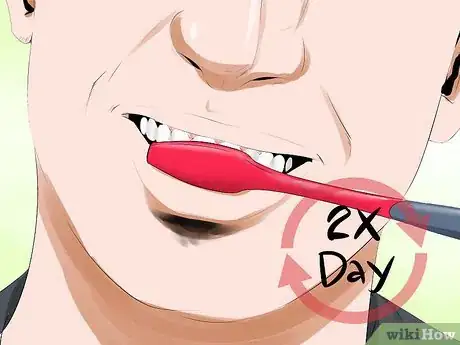

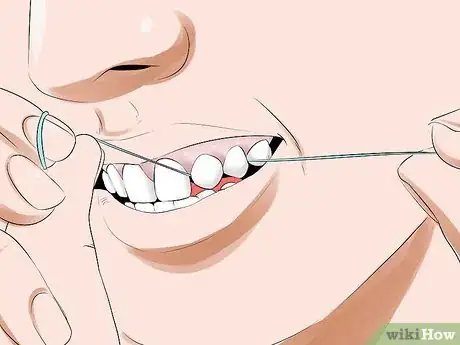
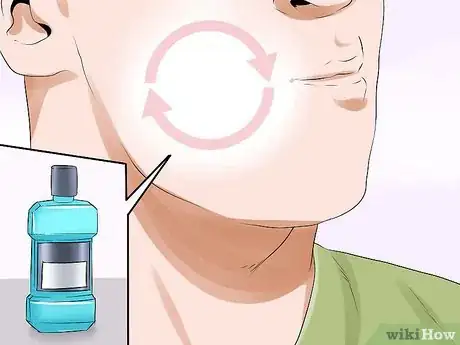
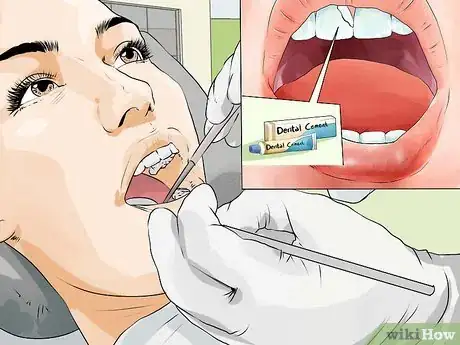
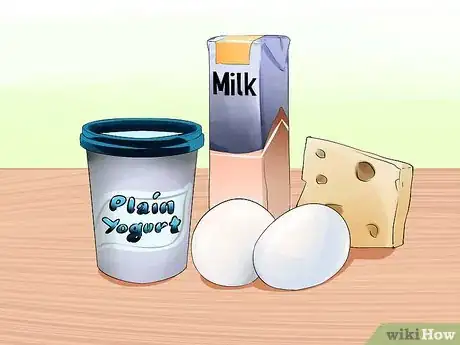
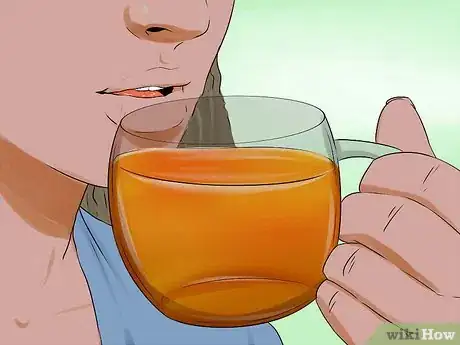
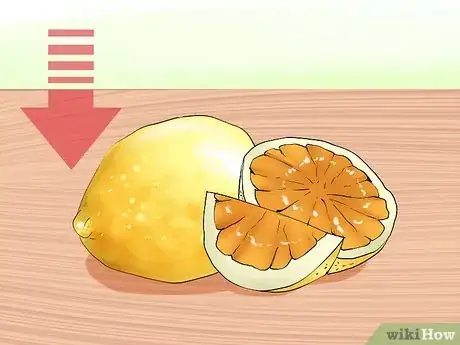
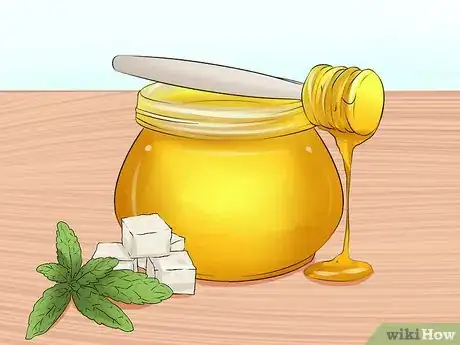
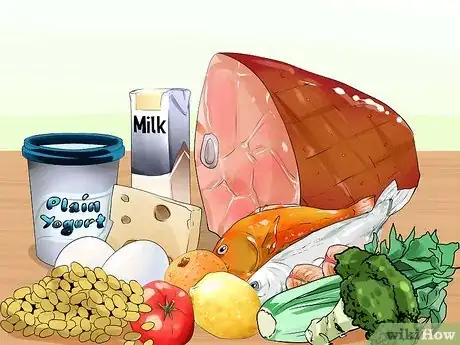
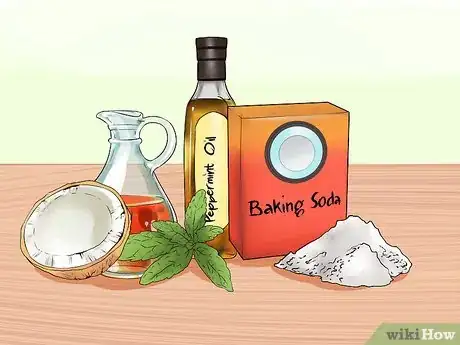
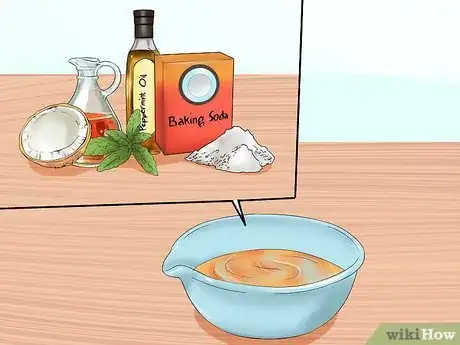
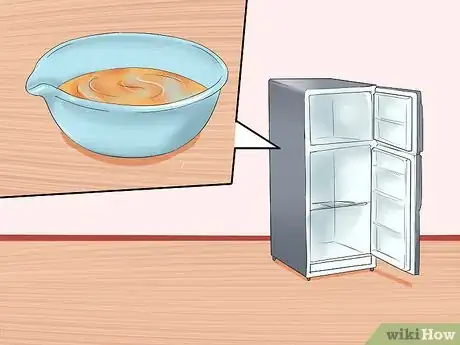
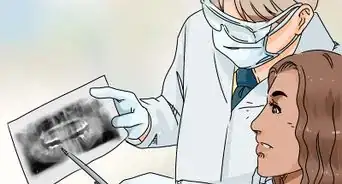
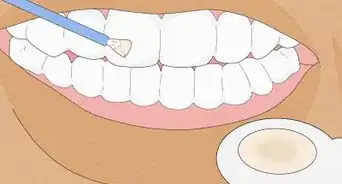
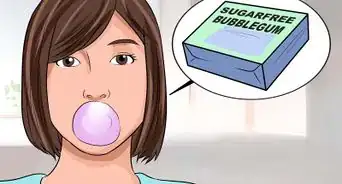
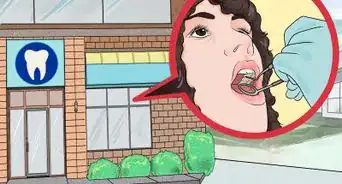
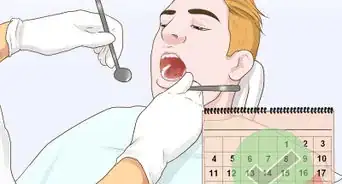
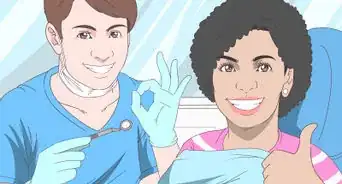
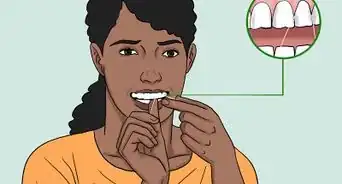
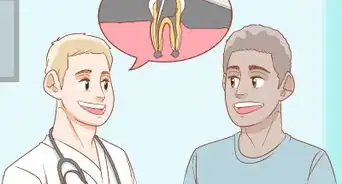
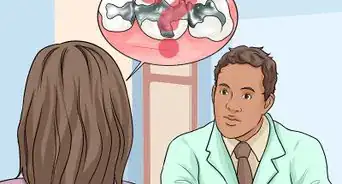
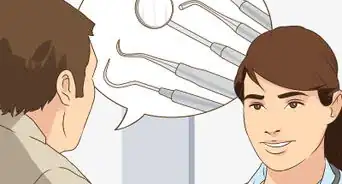


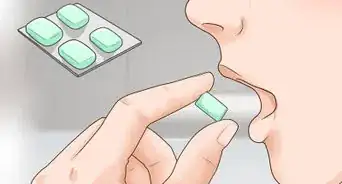







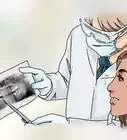
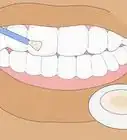
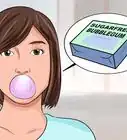
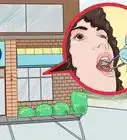



































Medical Disclaimer
The content of this article is not intended to be a substitute for professional medical advice, examination, diagnosis, or treatment. You should always contact your doctor or other qualified healthcare professional before starting, changing, or stopping any kind of health treatment.
Read More...